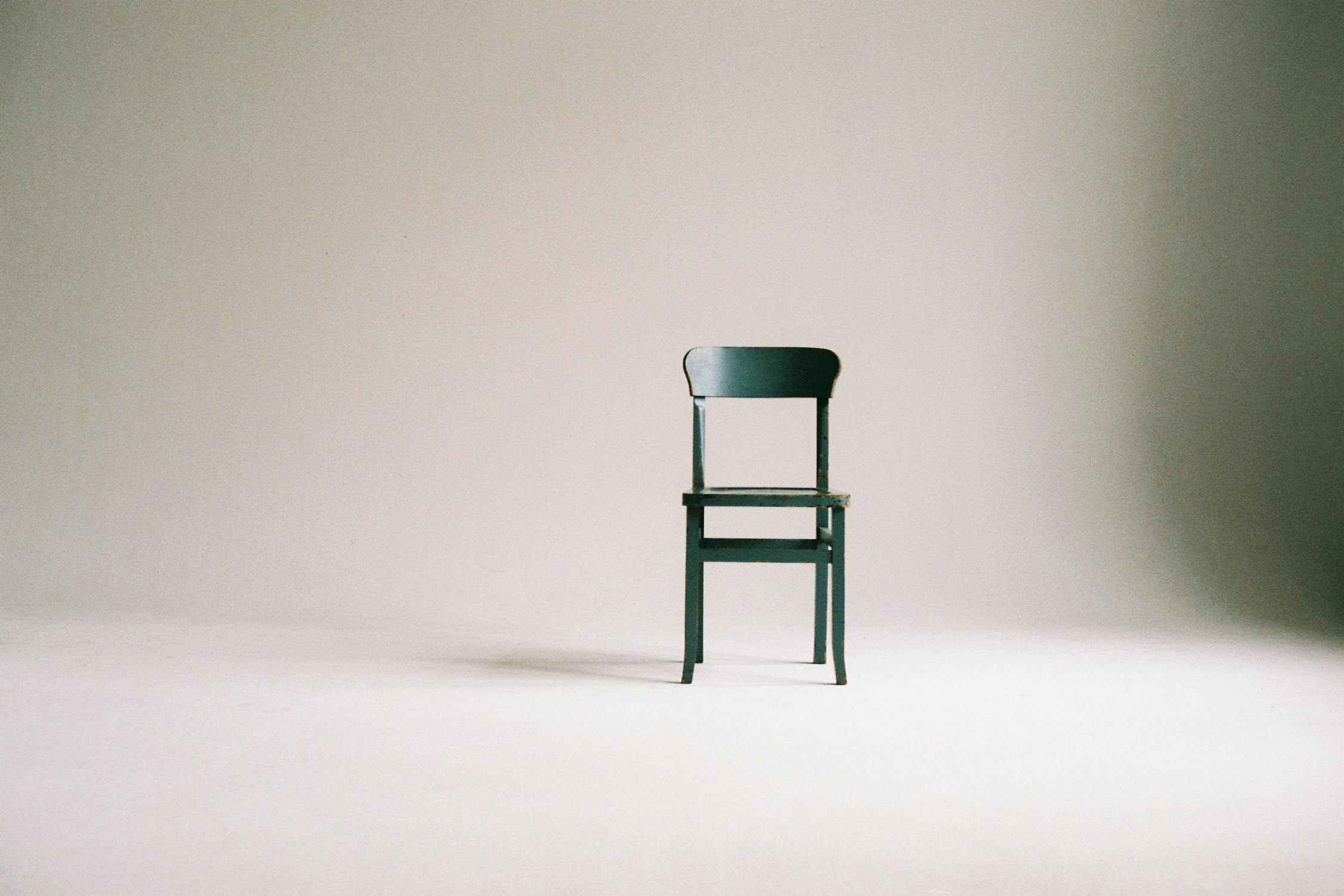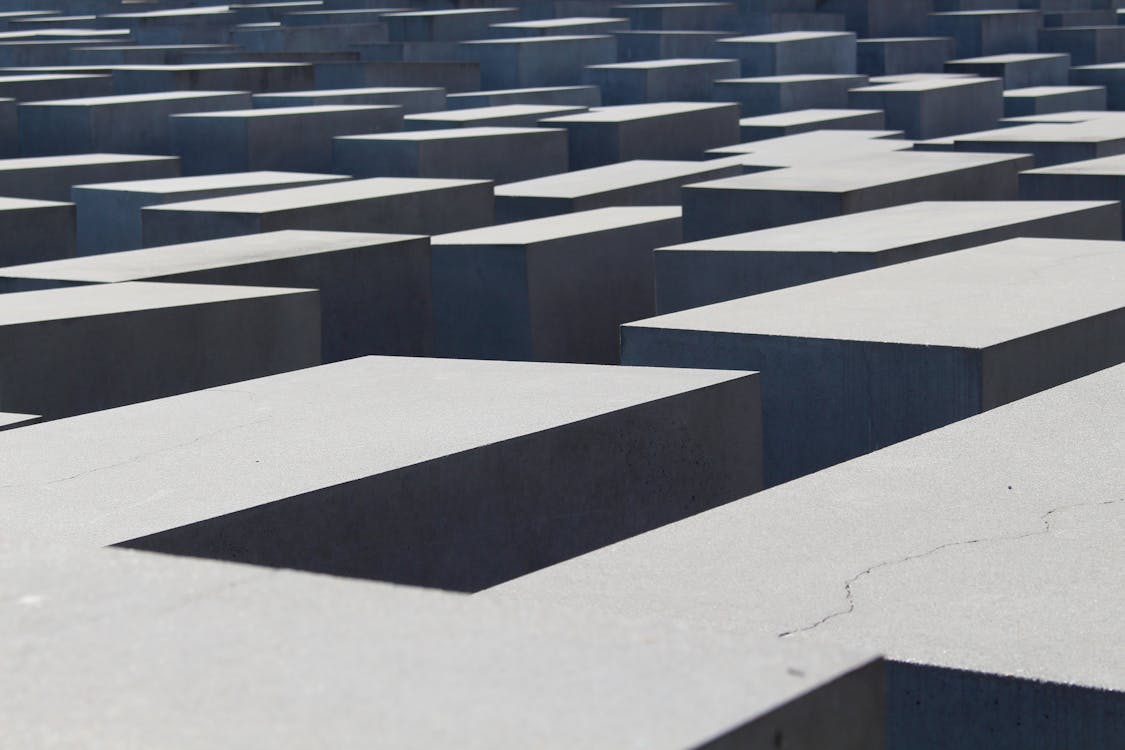4 ways you can go
The classical approach
❌ Learning notes and how to read sheet music. I won’t recommend it.
❌ You make yourself dependant from sheet music and fully arranged scores.
❌ Hard to develop a feeling for the “music”. In fact music is an expression of emotion.
✔ On the positive side it is a very structured and clean way to learn music.
Music teachers usually go this way. Good luck in finding a good one that fits your needs and wishes. I had several teachers as a child so I know what I am talking about. Anyways it costs lots of money or waiting list might be long and as a grownup you lack of flexibility in time.
The modern approach
❌ Learning by apps like Synthesia or YouTube tutorials. I won’t recommend it neither.
❌ Like the classical approach you make yourself dependant from technology and used media.
❌ You won’t develop a feeling for the “music” neither ’cause music is an expression of emotion.
✔ It is an easy entry point with instant fun and first successes.
The pragmatic approach
✔ Learning by ear, trial and error, pattern meomorization is much better then the first two approaches.
❌ But it lacks of structure so there will be no fundament to build upon.
❌ You are likely to forget stuff you have already learned so far.
✔ Usually very fun as you decide what to learn.
The profound approach
✔ Simular to the pragmatic approach you try to learn by ear and experimentation.
✔ You should also try to understand what you are doing by learning basic principles, theory and patterns.
✔ The right excercises on technique and patterns will build upon your fundament of skill.
✔ At some point you should learn how to read scores but as a supplement and tool to memorize stuff.
❌ Requires intrinsic motivation and a little discipline.
It’s like learning your first language as a toddler. You learn by ear and experimentation. Later in school you learn the concepts of language and the interconnections. Then you’ll be able to read and write text. With this fundaments you’re able to go in any direction.
What focus
Rhythm and dynamics
This is the most basic and underestimated concept. If someone talks about “music theory” they mean actually harmonics. But it’s only a small segment and also overestimated too. Rhythm is so natural that maybe noone thinks about it. It’s like your all present heart beat.
You don’t even need an instrument to start with. You can clap your hands, snap your fingers or stomp your feet. You can also beatbox if you like. But even reading a text or speaking can be a rhythmic task. You can practice rhythm everywhere. You can make it more interesting by emphasize specific beats or try to get louder.
When practicing you should use a metronome or a backbeat from time to time. You can also try to play along of your favorite music. If you go for 🎹 NewJazz presents a great excercise for steadyness and later fluency. You can do it everywhere e. g. in waiting rooms, public transportation etc.
Technique and execution
Now technique is something you should learn from a teacher because it’s hard to learn it from a book or a video. You should not underestimate its importance as wrong posture can lead to health issues like tendinitis. Anyways, here is a good one.
Some quick and random tips are
- Check your posture and distance in front of your 🎹.
- Don’t cramp. Try to be always easy and relaxed but in a controlled way.
- Use your wrist when playing fast alternating octaves.
- Don’t stick on your keys to much. Train your accuracy with arpeggios and stride 🎹.
Harmonics and leftover
A huge topic and more of enough books and online tutorials. Here are some keywords you can search for.
- Note names and values
- Intervalls and its functions (acoustic color)
- Circle of 5th and relations of keys
- Triads with inversions
- Scale-step and functional theory
- Chord progressions and candences
- Chord extensions and voicings
- Scales and church modes
For the beginning you should focus only on a few keys. C/Amin, G/Emin, Fmin and Ebmin are nice ones. Trying to play everything in the right key will confuse you later. It’ll be much easier to infix the scale-step or functional theory.
You should also think in intervalls, chords and their relation right from the beginning. Memorizing single notes is like learning single letters of the alphabet instead of whole words, phrases and the actual content of a text.
The circle of 5th becomes interesting much later when you’ll start improvising or composing. It’s a very useful tool like a compass or a map to navigate through harmonics. Combined with the functional theory you’ll understand which chords will work well together.
Basic recepies
4 essential chord progressions
Cheat sheet
- 80% of major pop progressions
- 6 – 4 – 1 – 5 or [ Am | F | C | G ]
- 1 – 5 – 6 – 4 or [ C | G | Am | F ]
- 1 – 6 – 4 – 5 or [ C | Am | F | G ]
- Andalusian cadence
- 1 – ♭7 – ♭6 – 5 or [ Cm | B♭ | A♭ | G ]
- 1 – ♭7 – ♭6 – ♭7 variety
- 1 – ♭7 – 4 – [♭6 – 5] variety
- Mixolydian progression
- 1 – ♭7 – 4 – 1 or [ C | B♭ | F | C ]
- 1 – ♭3 – 4 – 1 or [ C | E♭ | F | C ]
- Jazz / Fusion progression
- 2 – 5 – 1 or [ Dm7 | G7 | CMaj ]
- 1 – 4 or [ Cm7 | FMaj ]
Varieties
This progressions are rough guidlines only. You can try to rearange order or replace single chords with their parallel equivalent, e. g. F with Dm.
You can also play with voicings resp. inversions. E. g. a C over E (1st inversion) has a quite different quality.
You can also play with extension by adding the 7th, 9th or 11th. The 9th as the “oregano” works always pretty nice, see the pizza method.
Sources
Pianote: 6 essential chord progressions
David Bennett: 7 super common progr., 6 common chord progr.
Rhythmical patterns
Usually accompanied by the left hand there are several simple left hand patterns. You should also respect emphasis on weak and strong beats regarding the time signature.
- Root note only (1/1, 2/2, 4/4, 8/8)
- Alternating octave or root and 5th
- 8th note bassline groove over andalusian cadence variety
- 17 arpeggio patterns or in other countless varieties
- Faux- or false stride and more advanced big strides
- Simple style of Ludovico Einaudi or Yann Tiersen
One last thing
Always remember this:
Music has not to be complicated.
Oliver prehn from Newjazz
Sometimes the simplest recepies are the best ones!
Like 🍕 pizza margharita, 🍝 spaghetti olio e aglio or just some 🍚 with some random vegetables 🥕🥦🌶.
First try
There are lots of videos of how your first piece on 🎹 could look like. They have all in commen to use black keys only. I like Oliver Prehn’s approach from NewJazz the most ’cause he focus mainly on dynamics. You should consider when playing on what register and how many keys you can use at once. Also drawing a ‘schema’ helps a lot too.
Some technical background: Using black keys only is the natural pentatonic scale of E♭ minor.
Further reading
- Tips for efficient practicing [de]
- Tips for practicing pop piano [de]
- Blogs
- Free sheet music
- YouTube Tutorials
- Physical phenomenon



